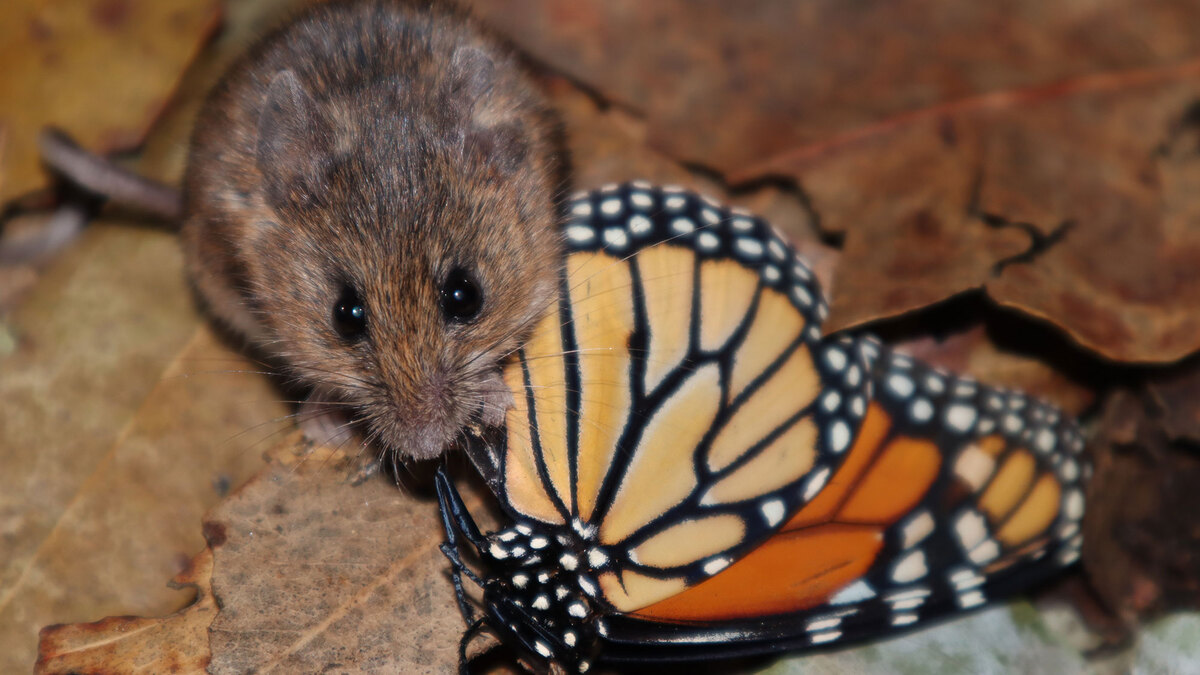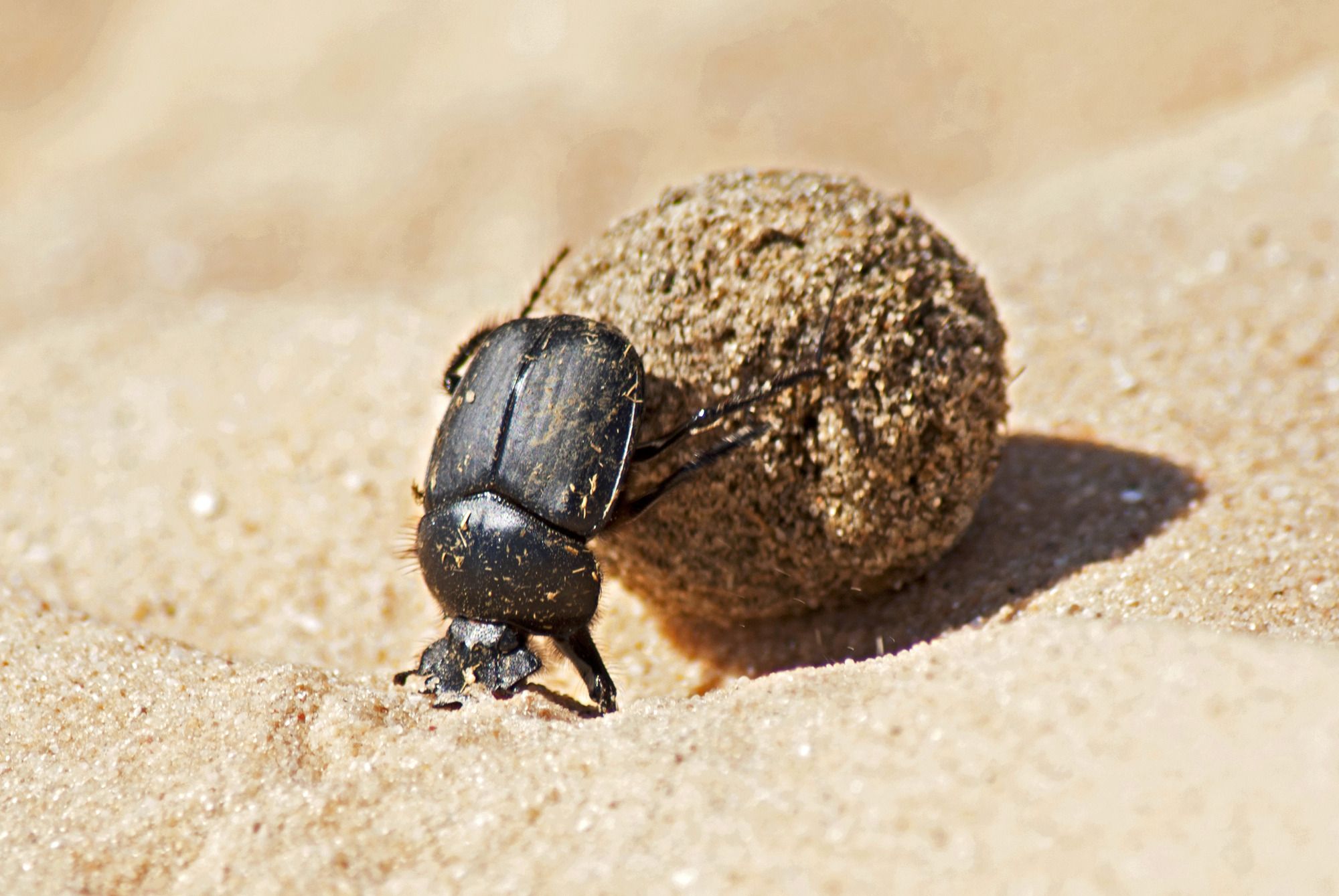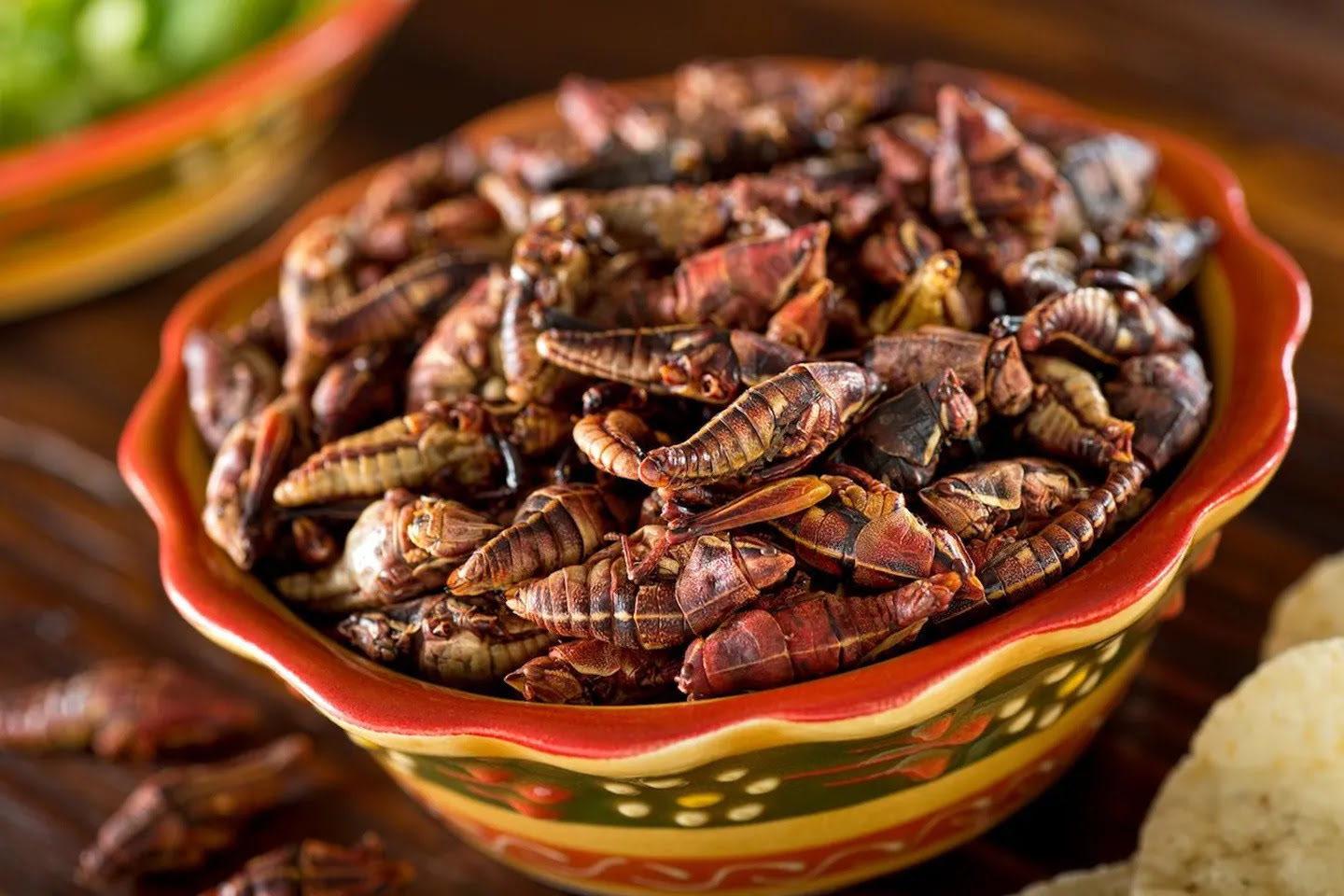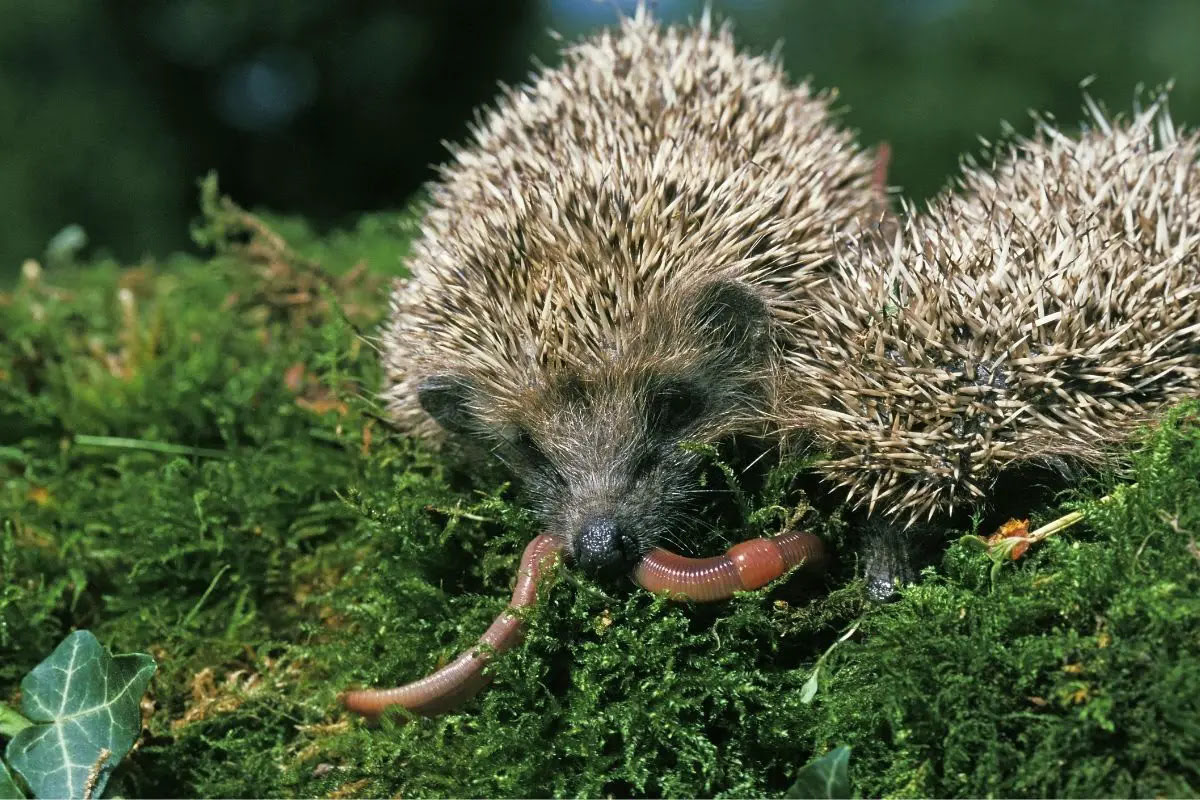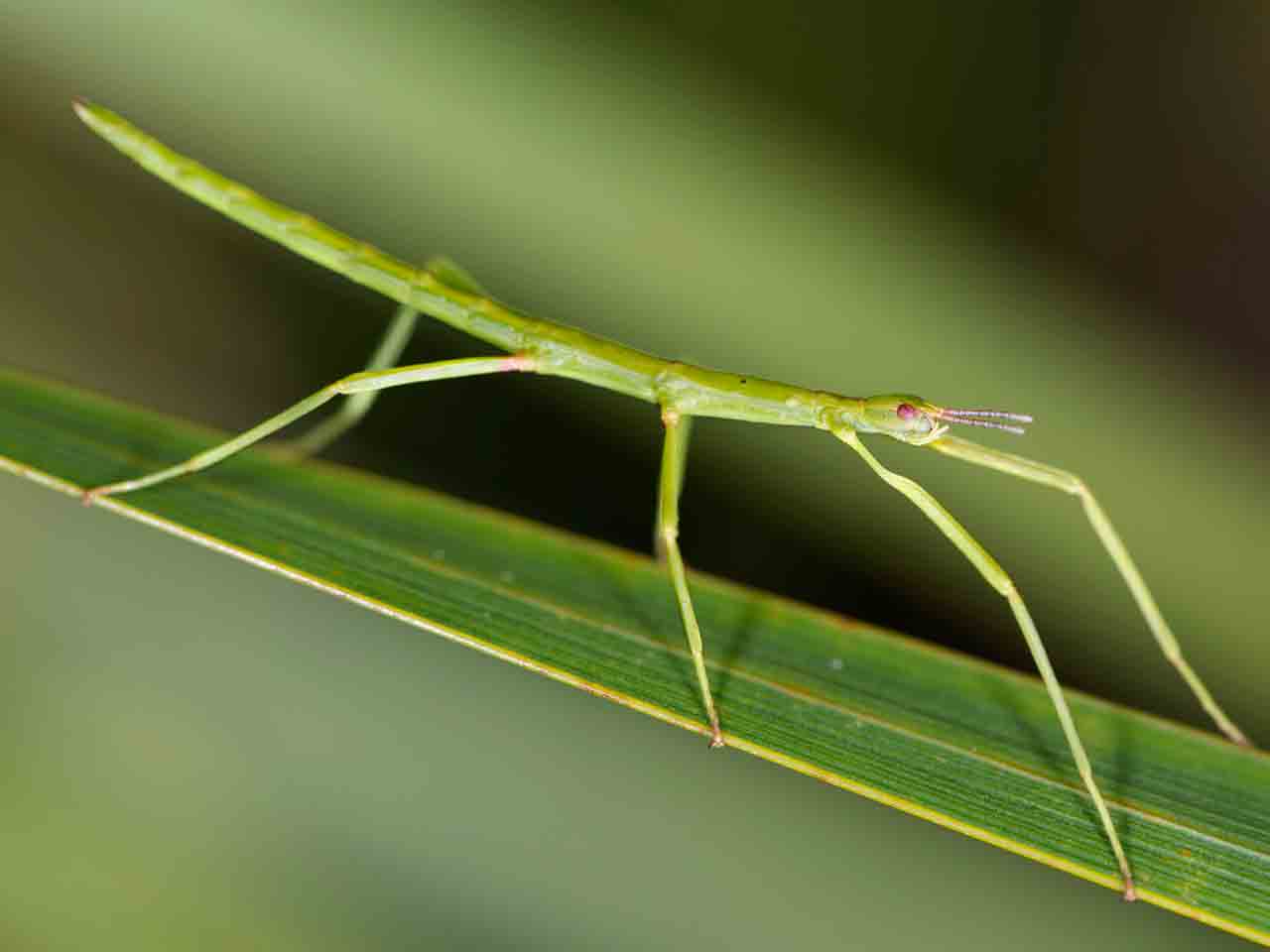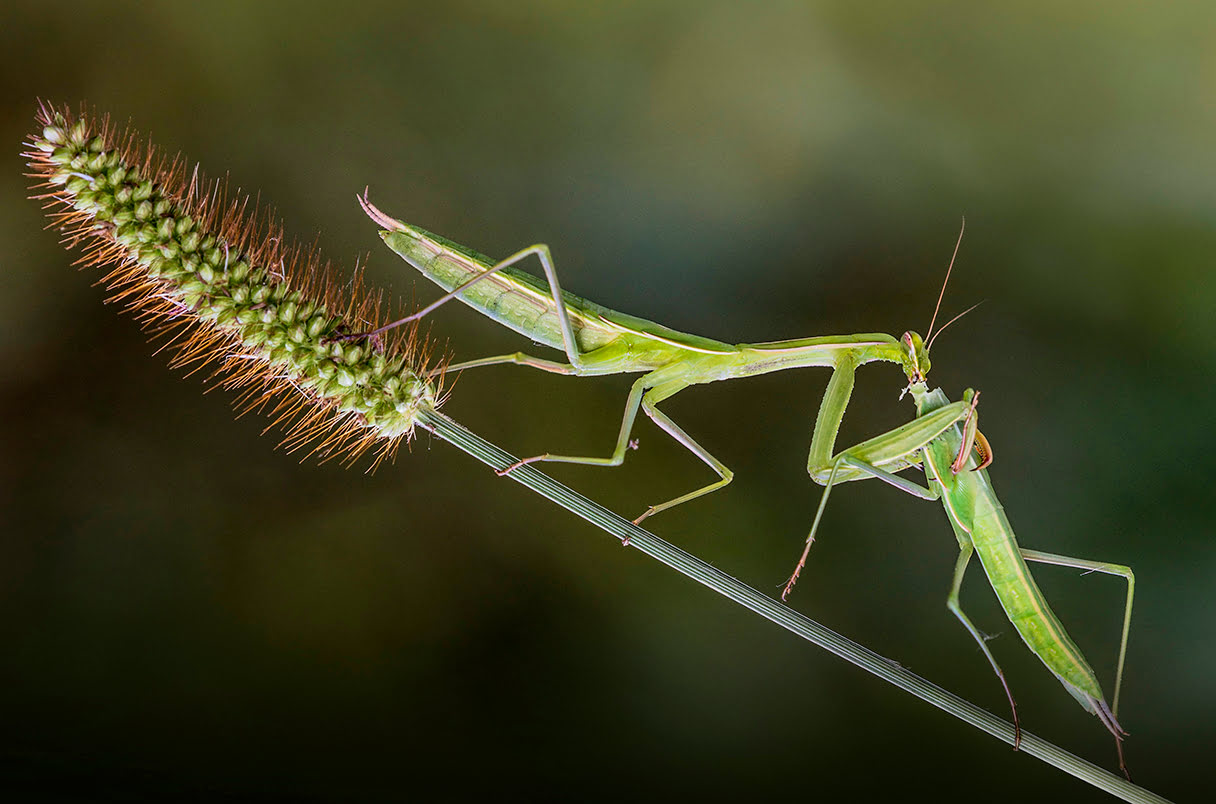Home>Gardening News and Trends>Latest News>What Do Walking Stick Insects Eat
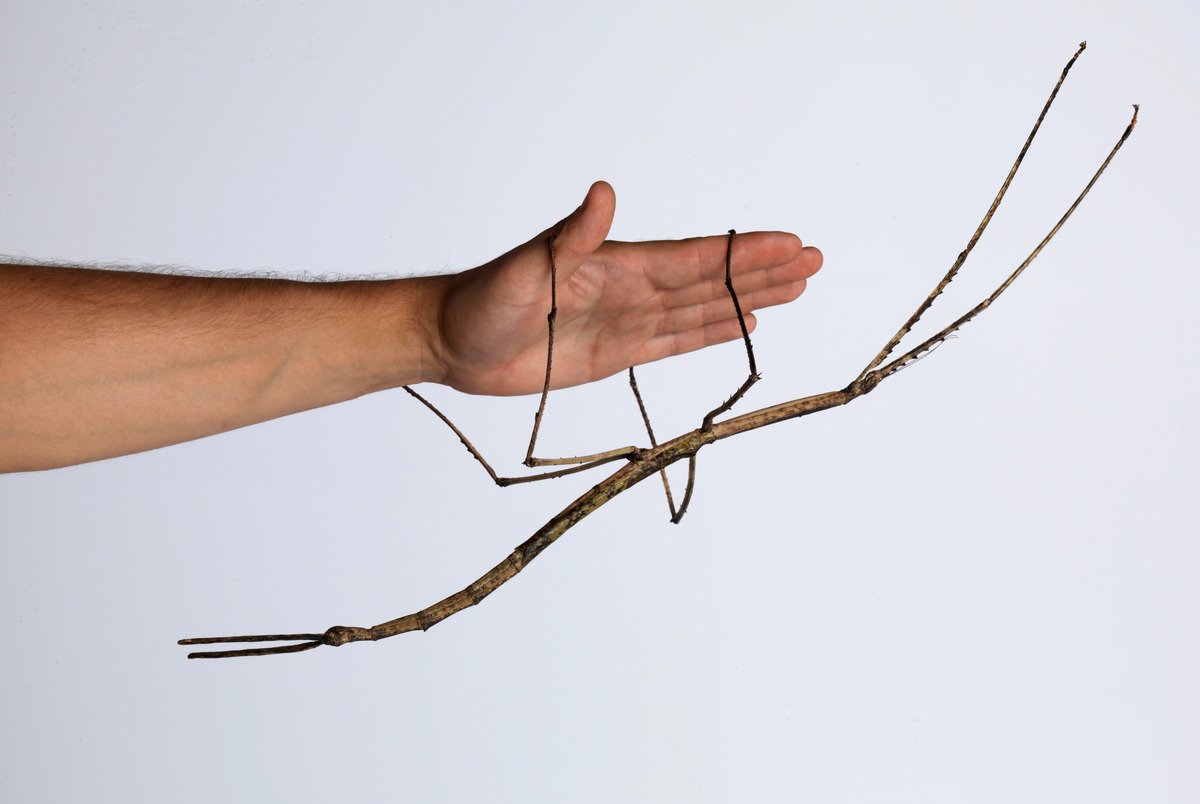

Latest News
What Do Walking Stick Insects Eat
Modified: January 22, 2024
Discover the Latest News! Find out what walking stick insects eat and explore their fascinating diet in this insightful article.
(Many of the links in this article redirect to a specific reviewed product. Your purchase of these products through affiliate links helps to generate commission for Chicagolandgardening.com, at no extra cost. Learn more)
Table of Contents
- Introduction
- Overview of Walking Stick Insects
- Natural Habitat of Walking Stick Insects
- Feeding Behavior of Walking Stick Insects
- Diet of Walking Stick Insects
- Plant Species Eaten by Walking Stick Insects
- Hunting and Predation of Walking Stick Insects
- Factors Affecting the Feeding Habits of Walking Stick Insects
- Conclusion
Introduction
Walking stick insects, also known as stick bugs or stick insects, are fascinating creatures that belong to the order Phasmida. With their remarkable ability to mimic twigs or sticks, these insects have evolved various adaptations to blend seamlessly into their natural surroundings.
Walking stick insects are found in diverse habitats around the world, from rainforests to dry deserts. They come in different sizes and colors, but their elongated body shape and stick-like appearance make them instantly recognizable.
One of the most intriguing aspects of walking stick insects is their feeding behavior. Despite their unique camouflage and passive nature, they play a vital role in ecosystems as herbivores. Understanding what walking stick insects eat and how they obtain their diet provides insights into their ecological role and survival strategies.
In this article, we will delve into the feeding habits of walking stick insects, explore their diet preferences, and examine the factors that influence their feeding behavior. So, let’s embark on this journey to discover the hidden culinary world of walking stick insects!
Overview of Walking Stick Insects
Walking stick insects, scientifically known as Phasmids, are a diverse group of insects belonging to the order Phasmida. They are aptly named due to their uncanny resemblance to twigs or sticks, which serves as a form of protective camouflage against predators. These insects are found in various parts of the world, including tropical and subtropical regions.
Walking stick insects have a distinct body structure that sets them apart from other insects. Their elongated bodies can vary in size, ranging from a few centimeters to over a foot in length. They have long, slender legs that aid in mimicking the appearance of sticks or branches.
One striking characteristic of walking stick insects is their ability to regenerate lost body parts. If they happen to lose a leg or a portion of their body, they have the capability to regenerate and replace it over time. This unique adaptation helps them survive in their natural habitats, where encounters with predators can result in injury.
These insects are mainly nocturnal, which means they are most active during the night. During the day, they prefer to remain motionless, blending into their environment to avoid detection. This remarkable behavior allows them to avoid predation and increase their chances of survival.
Although walking stick insects primarily rely on camouflage for defense, some species have additional adaptations. For instance, certain species can secrete toxic chemicals, such as foul-smelling compounds, to deter predators. Others may exhibit defensive behaviors, such as swaying movements or lashing out with their spiky legs, to discourage potential attackers.
Walking stick insects undergo incomplete metamorphosis, meaning their life cycle consists of three main stages: egg, nymph, and adult. The eggs are laid in various locations, such as on leaves or branches, and the nymphs hatch with a close resemblance to the adult form. They gradually molt and grow larger until they reach adulthood.
In the next sections, we will explore the feeding behavior and dietary preferences of walking stick insects, providing insights into their role as herbivores in the ecosystem.
Natural Habitat of Walking Stick Insects
Walking stick insects can be found in a wide range of habitats across the world. They have adapted to thrive in diverse environments, including forests, grasslands, shrublands, and even urban areas. The specific habitat preferences of walking stick insects vary depending on the species.
Tropical rainforests are often home to a rich diversity of walking stick insect species. The dense foliage and abundant plant life provide an ideal environment for these insects to camouflage themselves among the leaves and branches. They can be found on trees, shrubs, and other vegetation in the understory or canopy layers of the rainforest.
In temperate regions, walking stick insects are commonly found in woodland areas. They are well-suited to blend in with the deciduous trees and shrubs, using their stick-like appearance to evade detection. These insects are also known to inhabit grasslands and meadows, where they can mimic grass or dried stems.
Some walking stick insects have adapted to arid and desert environments. These species often dwell among succulent plants, cacti, and scrub vegetation, utilizing their camouflage to blend with the arid surroundings. Their elongated bodies resemble dry twigs or spiky branches, providing effective camouflage from predators.
Walking stick insects are also capable of colonizing urban areas. Parks, gardens, and even potted plants can serve as suitable habitats for certain species. These insects can hide in bushes, trees, or even on buildings, utilizing their camouflage instincts to blend with the human-made environment.
It’s important to note that walking stick insects are primarily arboreal, meaning they prefer to spend their time on trees and branches. However, they may also be found on other types of vegetation, such as bushes, shrubs, and grasses, depending on the availability of food sources.
Overall, the natural habitat of walking stick insects is varied and adaptable, allowing them to survive in a wide range of environments. Their ability to mimic their surroundings and blend in with the vegetation is crucial for their survival, enabling them to avoid predators and thrive in their respective habitats.
Feeding Behavior of Walking Stick Insects
Walking stick insects are fascinating creatures with unique feeding behaviors that have evolved to suit their herbivorous lifestyle. As herbivores, their primary source of nutrition comes from plant materials. However, their feeding behavior is more complex than simply munching on leaves.
One of the notable aspects of walking stick insects’ feeding behavior is their passive nature. Instead of actively seeking out food, they rely on their camouflage to blend with their environment and wait for plants to come to them. This behavior reduces the risk of detection by predators, allowing them to feed undisturbed.
Walking stick insects have specialized mouthparts for chewing plant matter. They possess mandibles that they use to grasp and tear leaves, allowing them to consume the vegetation they encounter. While feeding, they hold onto the plant with their front legs, creating the illusion of a branch swaying in the wind.
Unlike some herbivorous insects, walking stick insects are not known to cause significant damage to plant populations. Their feeding behavior is generally not detrimental to the health of plants. As they primarily consume leafy greens, they tend to feed on portions of the plant that can sustain regrowth.
Feeding activity among walking stick insects varies depending on various factors, including environmental conditions and the availability of food sources. Some species may exhibit feeding patterns that align with certain seasons or times of the day, while others may have more continuous feeding habits.
Walking stick insects are known to be selective feeders, often displaying preferences for specific plant species. They have developed adaptations to be able to consume a variety of plants, including leaves, stems, and even flowers. Their ability to mimic the appearance of different types of vegetation helps them blend in and feed on a diverse range of plant species.
Overall, walking stick insects have adapted their feeding behavior to complement their camouflage and passive nature. Their selective feeding habits, combined with their ability to consume a variety of plant materials, contribute to their role as important herbivores in their respective ecosystems.
Diet of Walking Stick Insects
The diet of walking stick insects primarily consists of plant materials, making them herbivorous insects. However, the specific plant species they consume can vary depending on factors such as their natural habitat and availability of food sources.
Walking stick insects have evolved to feed on a range of plant parts, including leaves, stems, flowers, and even bark. Their elongated bodies and ability to mimic different types of vegetation allow them to blend with their chosen food sources, enhancing their chances of successful feeding and minimizing the risk of predation.
While walking stick insects are generally selective feeders, exhibiting preferences for specific plant species, they have been observed to consume a wide variety of plants. Common choices include leaves from trees, shrubs, and herbaceous plants.
One of the factors influencing the diet of walking stick insects is their natural habitat. Species found in tropical rainforests often consume the leaves and foliage of the plants that make up their intricate canopy environment. These may include species such as palm leaves, ferns, and a variety of broadleaf trees.
In more temperate regions, walking stick insects may feed on plants found in woodlands and meadows. They may consume leaves from deciduous trees and shrubs, as well as grasses and other vegetation common to these habitats.
In arid or desert environments, walking stick insects have adapted to consume plants that are able to thrive in such conditions. They may feed on succulent plants, cacti, and other drought-tolerant vegetation.
Some walking stick insects have even been observed feeding on toxic or unpalatable plants. Their ability to tolerate or detoxify certain compounds found in these plants may provide them with an advantage in accessing food sources that other herbivores would not consume.
Overall, the diet of walking stick insects is diverse, and they display selective feeding behaviors based on their habitat and available food sources. By consuming a variety of plants, these insects contribute to the balance of ecosystems and play a crucial role as herbivores in their respective environments.
Plant Species Eaten by Walking Stick Insects
Walking stick insects are known to have varied diets, and their choice of plant species depends on factors such as their natural habitat, food availability, and individual preferences. While they may exhibit selective feeding behaviors, they have been observed consuming a wide range of plant species.
In tropical rainforest habitats, walking stick insects are often found feeding on a variety of broadleaf trees, such as palm trees, ficus trees, and various species of ferns. These insects can blend seamlessly with the complex foliage of these plants, allowing them to feed on the abundant leaves that provide a source of nutrition.
In temperate regions, walking stick insects may consume leaves from deciduous trees and shrubs like oak, maple, and birch. They may also feed on grasses and herbaceous plants that are prevalent in woodland and meadow habitats.
In arid or desert environments, walking stick insects have adapted to feed on plants that can survive in these harsh conditions. They may consume succulent plants like agave or prickly pear cacti, as well as other drought-tolerant vegetation such as desert marigold and desert spoon.
Walking stick insects have also been observed feeding on a variety of other plant families, including but not limited to the following:
- Leguminosae family: Some walking stick insects feed on legumes like peas, beans, and clover.
- Solanaceae family: They may consume plants from this family, including tomatoes, potatoes, and nightshade.
- Asteraceae family: Certain species of walking stick insects may feed on plants like daisies, sunflowers, and marigolds.
- Rosaceae family: They might eat plants from this family, such as roses, strawberries, and apples.
It’s important to note that walking stick insects have adaptations that allow them to digest plant materials that may be toxic or unpalatable to other herbivores. This ability expands their potential food sources and contributes to their success in various habitats.
Overall, the plant species eaten by walking stick insects can vary depending on their habitat and the availability of food. Their ability to consume a wide range of plants showcases their adaptability and underscores their role as important herbivores in the ecosystems they inhabit.
Hunting and Predation of Walking Stick Insects
Walking stick insects have evolved remarkable adaptations to blend seamlessly into their environment, primarily to avoid predation. However, despite their intricate camouflage, these insects are not entirely immune to the threat of predators, and they have developed various strategies to deter or escape from their would-be attackers.
One of the main predators of walking stick insects is birds. Birds have keen eyesight and can spot these camouflaged insects among the foliage. To evade predation, walking stick insects have developed a unique defense mechanism known as startle displays. When disturbed or threatened, they may suddenly reveal their colorful hind wings, making them appear larger and more intimidating to potential predators.
In addition to birds, walking stick insects also face threats from certain reptiles, amphibians, and mammals. Predator-prey interactions with these animals can drive the evolution of additional defense mechanisms. Some walking stick insects secrete toxic or distasteful chemicals as a form of chemical defense. These compounds can deter predators or even cause them to vomit if ingested.
Other defense strategies employed by walking stick insects include mimicry and masquerading. Some species have evolved to mimic inedible or venomous species, such as venomous snakes or stinging insects, in order to deter potential predators. By adopting the appearance of a dangerous creature, they reduce the chances of being attacked.
Walking stick insects are also skilled at remaining motionless when under threat. By freezing in place or swaying gently with the wind, they can blend in with their surroundings and avoid detection by predators. This strategy is particularly effective when combined with their stick-like appearance.
Despite these defenses, walking stick insects can still fall victim to predators. Young nymphs are especially vulnerable due to their smaller size and less developed defenses. Their camouflage and ability to resemble sticks may provide some level of protection, but they are still susceptible to predation by a range of insect-eating animals.
It is important to mention that walking stick insects reproduce in large numbers to compensate for predation. Their high reproductive rate ensures the survival of their species despite attacks from predators. They lay numerous eggs, increasing the chances of some offspring escaping predation and continuing the population.
The hunting and predation of walking stick insects play a significant role in shaping their behavior, defense mechanisms, and survival strategies. The ongoing struggle between these insects and their predators is a constant evolutionary process that drives the adaptation and diversification of walking stick insects in their respective habitats.
Factors Affecting the Feeding Habits of Walking Stick Insects
The feeding habits of walking stick insects are influenced by various factors that determine their dietary preferences and behavior. Understanding these factors provides insights into the ecological dynamics surrounding these herbivorous insects.
One of the primary factors affecting the feeding habits of walking stick insects is their natural habitat. Different habitats offer varying plant species composition, abundance, and nutritional value. Walking stick insects have adapted to feed on the plant species available in their specific habitat, allowing them to optimize their foraging efficiency and energy intake.
Availability of food sources is another crucial factor. In areas where plant resources are scarce, walking stick insects may need to expand their diet and feed on a broader range of plants or even adapt to consuming less preferred or unpalatable plant species. This helps ensure their survival and reproductive success even in resource-limited environments.
Seasonal changes and climate also play a role in the feeding habits of walking stick insects. During certain seasons, the availability of specific plant species may fluctuate, affecting the diets of these insects. Some species may showcase preferences for certain plant species that are abundant during certain times of the year.
The life stage of walking stick insects can also influence their feeding habits. Young nymphs may have different dietary requirements compared to adults, and their feeding preferences may change as they grow and develop. This allows them to adapt to different nutritional needs and physiological changes as they progress through their life cycle.
Genetic factors may also contribute to variations in feeding habits among walking stick insects. Some species or populations may have specific genetic traits or adaptations that allow them to consume certain plant species that are otherwise unpalatable or toxic to other related species. These genetic differences contribute to the diversity in feeding habits observed among walking stick insects.
Finally, interactions with predators can also influence the feeding behavior of walking stick insects. The risk of predation can force these insects to adopt certain feeding patterns, such as being more selective in their plant choices or altering their feeding times to reduce exposure to predators.
Overall, the feeding habits of walking stick insects are shaped by a combination of factors, including their habitat, food availability, seasonality, life stage, genetics, and predator-prey interactions. These factors contribute to the diversity of dietary preferences and adaptations observed within the walking stick insect population, allowing them to effectively utilize available food resources and survive in their respective environments.
Conclusion
Walking stick insects, with their remarkable camouflage and unique adaptations, are intriguing creatures that have captivated the curiosity of nature enthusiasts and researchers alike. Their feeding habits, influenced by factors such as habitat, food availability, and predator-prey interactions, play a crucial role in their survival and ecological significance.
These herbivorous insects have evolved to feed on various plant species, utilizing their elongated bodies and stick-like appearance to blend seamlessly into their surroundings. From tropical rainforests to arid deserts, walking stick insects have adapted to thrive in diverse habitats, relying on their specialized mouthparts to consume plant materials.
The diet of walking stick insects encompasses a wide range of plant species, including leaves, stems, flowers, and bark. Their selective feeding behaviors and ability to consume different plant parts contribute to their ecological role as herbivores, without causing significant damage to plant populations.
Walking stick insects face the constant threat of predation, particularly from birds and other insect-eating animals. To deter predators, they have evolved various defense mechanisms, such as startle displays, secretion of toxic compounds, mimicry, and remaining motionless to blend with their environment.
Factors such as habitat, food availability, seasonal changes, genetic traits, and predator pressure all influence the feeding habits of walking stick insects. These factors shape their dietary preferences and behaviors, allowing them to adapt to different environments and ecological contexts.
Understanding the intricacies of walking stick insects’ feeding behavior provides valuable insights into their role as herbivores in their respective ecosystems. Their selective feeding habits, specialized adaptations, and interactions with their environment contribute to the balance and diversity of plant-herbivore interactions in nature.
In conclusion, the feeding habits of walking stick insects showcase the remarkable adaptations, evolutionary strategies, and ecological interactions that contribute to the survival and success of these fascinating creatures.
